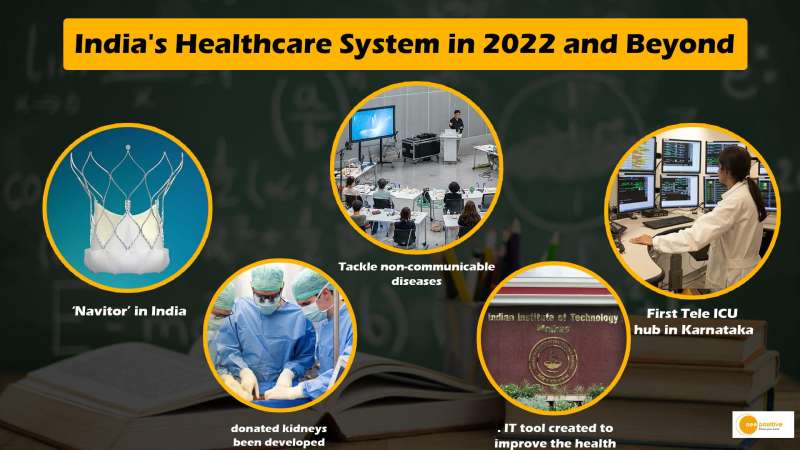

In the coming decade, the new normal in the healthcare ecosystem will be about how healthcare delivery will innovate.
Digitization, technological enablement, and automation are all having a significant impact on industries today. Healthcare is no different. The healthcare delivery paradigm is shifting and poised to take a giant leap forward. Healthcare and drug development are being scrutinized like never before. The COVID-19 pandemic has shown that digitally-enabled business models with data at the core can help healthcare organizations become more resilient, agile, and innovative. The pandemic increased the urgency of changing healthcare to become more digitally enabled.
Healthcare delivery is expanding beyond the traditional health system’s four walls. Health-care providers have realised that, no matter how strong their products or services are technically, they will not suffice in the future. They should look to the future to engage with their users across the health care value chain, whether they are physicians or patients, and provide them with a better care experience rather than just a better care product or service. Also, developments from non-core sources, such as technology companies, should be monitored because they may aid in diagnosis or early detection and thus benefit the healthcare ecosystem.
Here are 5 health trends of the year 2022:
1. Abbott rolls out TAVI system ‘Navitor’ in India
The Navitor TAVI system is the most recent addition to the company’s extensive structural heart transcatheter portfolio, which provides physicians and patients with less invasive heart disease treatment options.
Abbott announced the launch of Navitor, its next-generation transcatheter aortic valve implantation (TAVI) system, in India for people with severe aortic stenosis who are at high or extreme surgical risk.
2. India got new research centre to tackle non-communicable diseases
With climate change ranging the world and the chances of major outbreaks increasing, The George Institute for Global Health in India has announced the establishment of a new centre to combat noncommunicable diseases and environmental changes. The Centre will work to address the dual challenge, with a focus on low- and middle-income countries.
It is the first time this level of investment has been made on non-communicable disease research in LMICs.
3. First Tele ICU hub in Karnataka
10BedICU is a programme managed by the eGovernments Foundation that was conceived during the pandemic to create ICUs (intensive care units) in government hospitals across the country, particularly in rural and remote areas.
The goal of 10BedICUs is to create a hub-and-spoke model in which specialists from medical colleges manage units in taluka hospitals linked to a TeleICU hub.
4. A new method of preserving donated kidneys been developed
A new method of preserving donated kidneys which could reduce the number of organs discarded.
A new technique for better preserving kidneys prior to surgery, on the other hand, may keep them viable for longer, increasing the number of organs available for
transplant.
5. IT tool created to improve the health of the rural SC community
IIT Madras has developed an information technology tool to monitor and improve the health of rural Scheduled Caste (SC) communities in Andhra Pradesh’s Chittoor district. The IT Tool, which was built with open-source software, was used to collect detailed annual health-related data at the household level.
During the pandemic, there was a renewed emphasis on leveraging digital technology in healthcare delivery in India. The sector, which is best known for providing sick care, has focused on developing next-generation capabilities that will serve as a differentiator in the coming decade. Several reforms implemented prior to and during the pandemic, such as the National Health Digital Mission (NDHM), teleconsulting guidelines, and a thriving health tech start-up ecosystem enabled by innovation, have evolved to improve the healthcare journey for the Indian population. It is encouraging that PE/VC funding is also being provided to support the health tech start-up ecosystem.
To maximise the clinical, financial, and operational value of these new digital offerings and services, biopharma, medtech, and other health care stakeholders must reinforce digital as a completely new business model and ecosystem in order to improve outcomes and drive stakeholder awareness, adoption, engagement, and growth.


